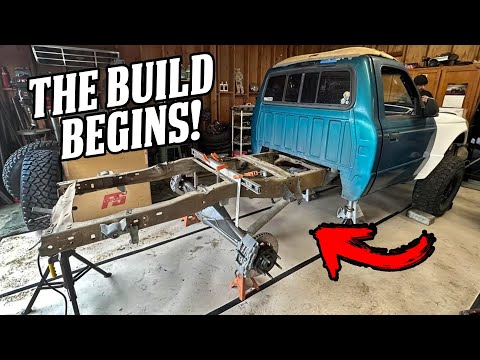Ranger Prerunner Build Part 1: Transforming Ryan’s Ranger – Performance and Design
Project Overview: Transforming Ryan’s Ranger
The ambitious overhaul of Ryan’s Ranger has drawn considerable attention from automotive enthusiasts, and the project is now in full swing. This extensive build involves a complete redesign of the truck with an emphasis on performance and aesthetics. The plan is to transform the Ranger into a beast by overhauling almost every component. This article delves into the details of the build process, exploring the modifications and the thought process behind each decision.
Initial Disassembly and Planning
Stripping Down the Ranger
The first phase of the project involved stripping down the truck to its core components. The bed was removed, and the gas tank was taken out to give full access to the frame and undercarriage. The team meticulously measured the original wheelbase and other critical dimensions before disassembling the factory housing. This careful documentation ensures that the new components fit perfectly once installed.
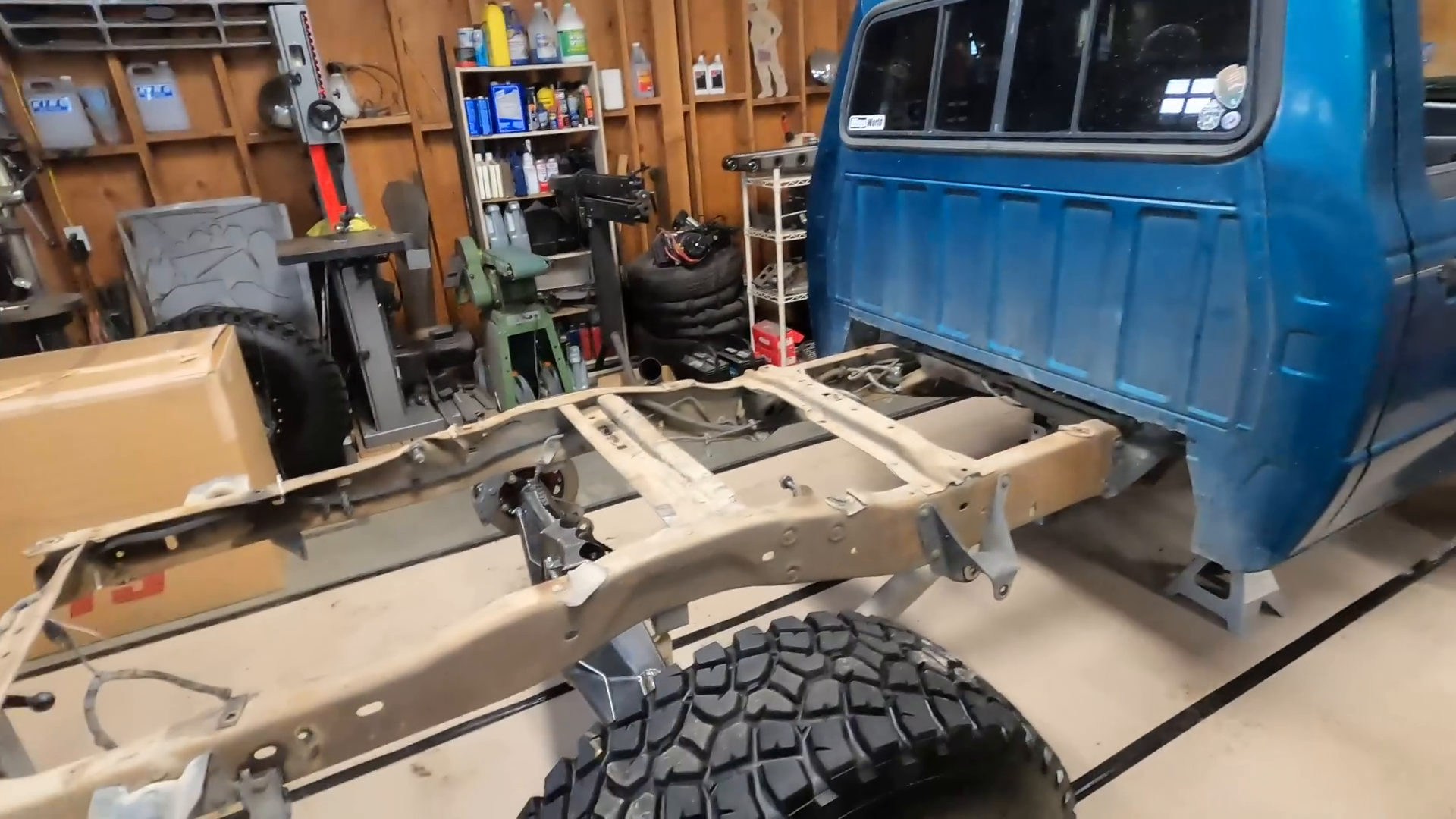
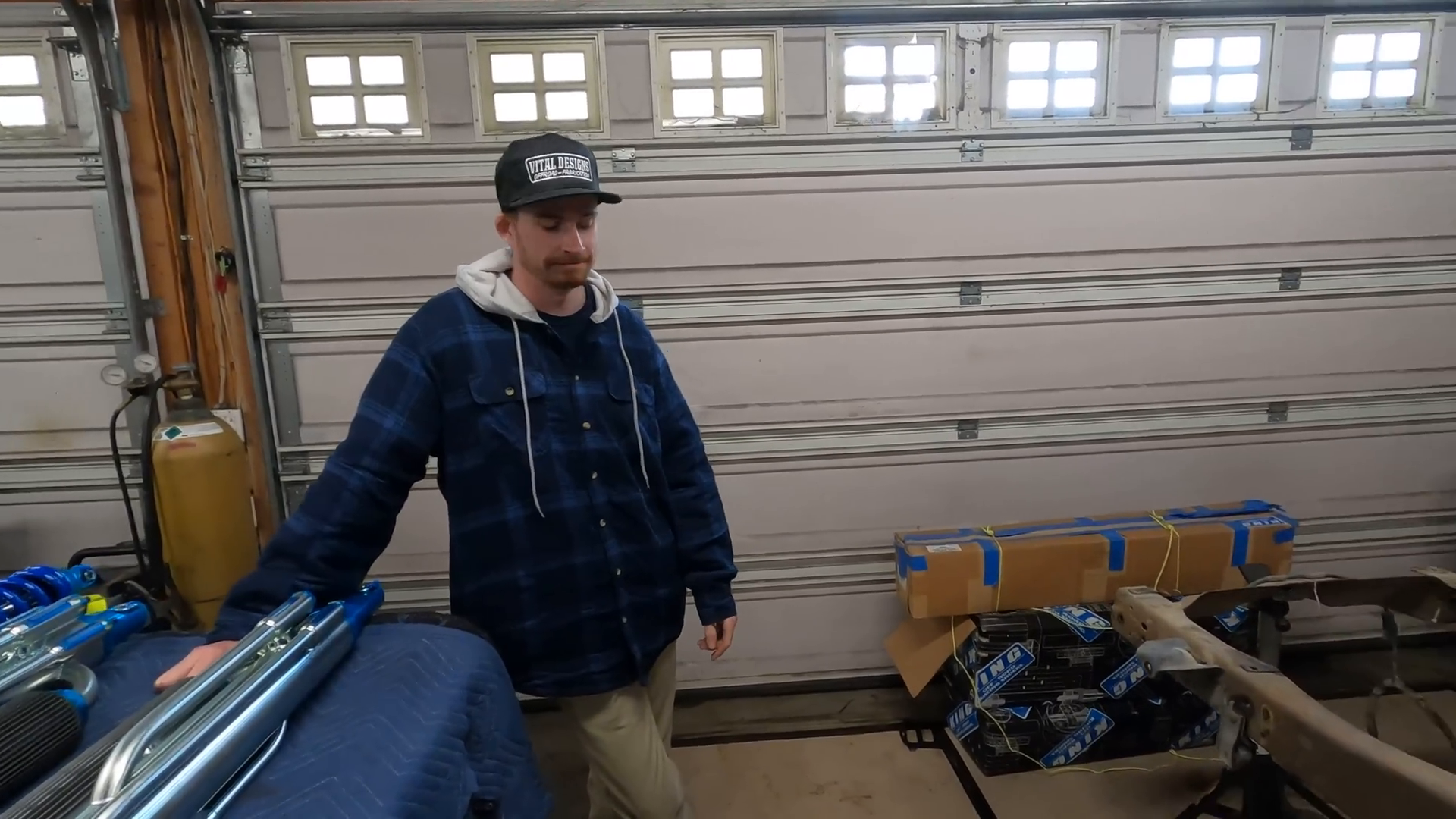
Reconfiguring the Wheelbase
The factory wheelbase of Ryan’s Ranger, a regular cab long bed truck, is approximately 113 inches. However, the plan is to shorten this to around 110 inches for aesthetic and functional reasons. The shorter wheelbase will allow the fiberglass overlays to align seamlessly with the cab, eliminating unsightly gaps. Although this length is shorter than typical trophy trucks, it is deemed suitable given the truck’s lightweight build and intended use.
Frame and Suspension Modifications
Cutting the Frame
One of the major steps in this build is the decision to cut the frame rails. This bold move marks a significant departure from previous projects, where modifications were often made without altering the frame’s integrity. By cutting the frame, the team can install custom pivot boxes, integrating the front and rear suspension into a cohesive unit. This approach allows for greater flexibility in tuning the suspension geometry to suit the desired performance characteristics.
Advanced Suspension Setup
The new suspension setup will be a game-changer for Ryan’s Ranger. The front suspension will feature a coilover and bypass system, replacing the existing components with a more robust and tunable setup. This will involve fabricating a new engine cage to accommodate the larger shocks and ensure structural integrity. The rear suspension will also benefit from a similar overhaul, with new trailing arms and a custom shock package tailored to the truck’s specifications.
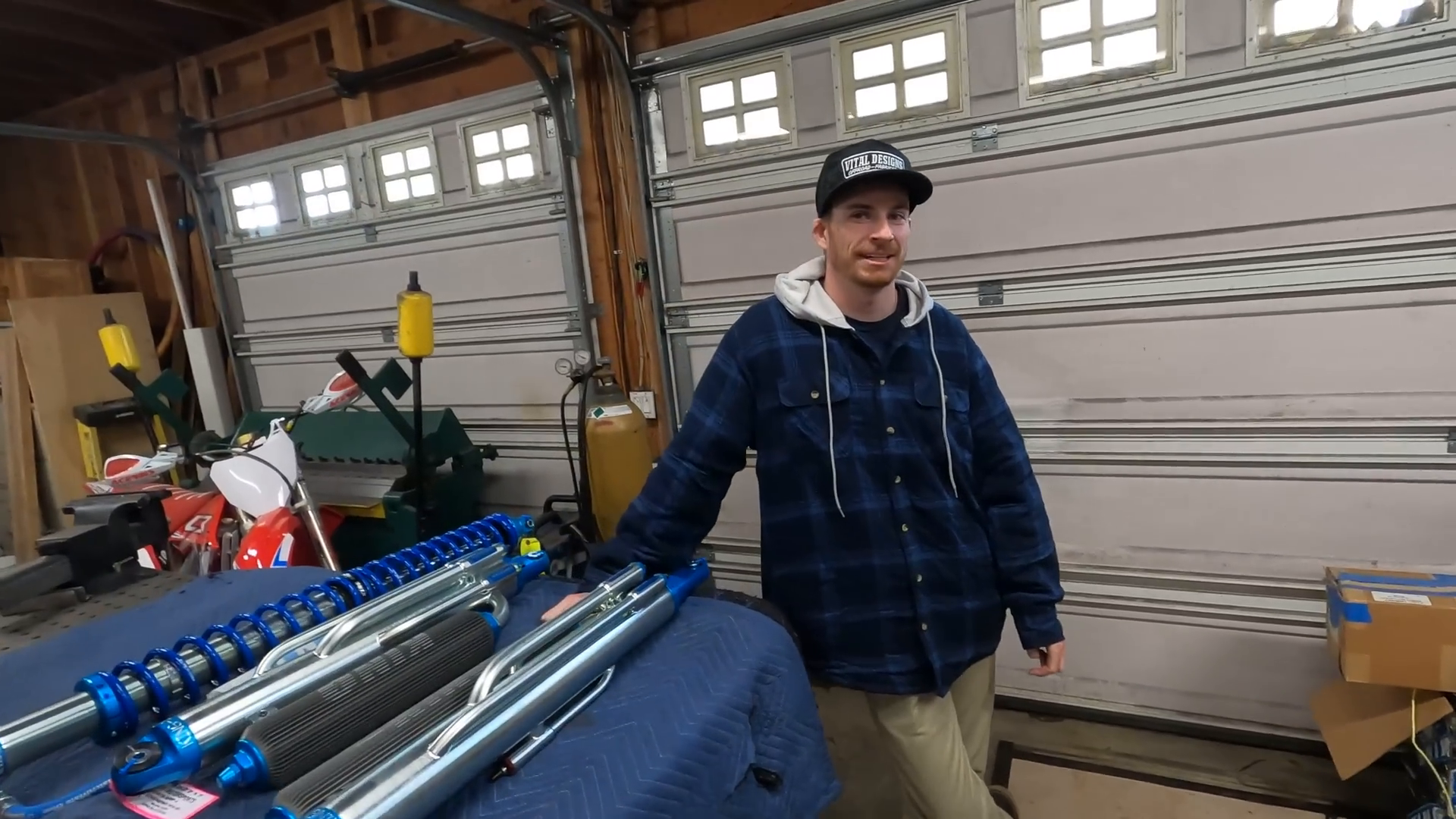
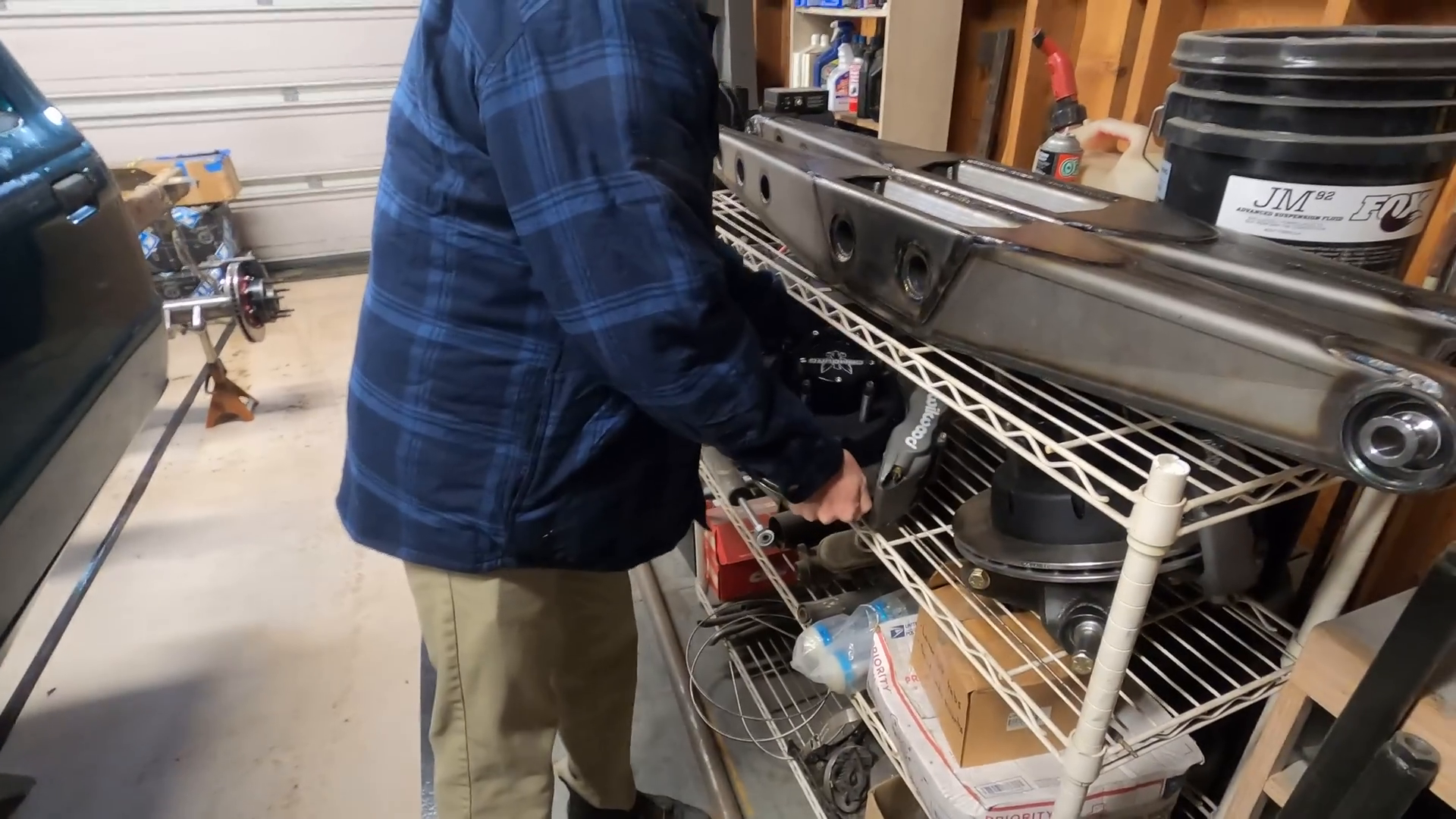
Interior and Exterior Overhaul
Gutting the Interior
The interior of the Ranger has been completely gutted to allow for a custom roll cage and dashboard. Removing the headliner, carpet, and other components provides the necessary space to install these new features. The custom dashboard will be hand-made, integrating seamlessly with bespoke door panels to create a cohesive look throughout the cabin. The roll cage will be designed to maximize safety while maintaining the interior’s functionality.
Exterior Modifications
The exterior of the truck will undergo significant changes as well. The existing front bumper will be removed, and the steering system may be replaced to accommodate the new suspension geometry. Consideration is being given to the use of unequal length beams, which could further enhance the truck’s handling characteristics. These modifications aim to improve the truck’s off-road performance while maintaining a clean and aggressive appearance.
Under the Hood: Engine and Drivetrain Upgrades
Engine Cage and Future Plans
Under the hood, the Ranger will receive a simplified and streamlined engine bay. The existing engine cage will be replaced with a more comprehensive structure, allowing for improved shock mounting and engine support. Although the truck will initially retain its current powertrain, plans are in place to accommodate a future LS engine swap. This foresight ensures the modifications made now will support the increased power and performance of a V8 engine.
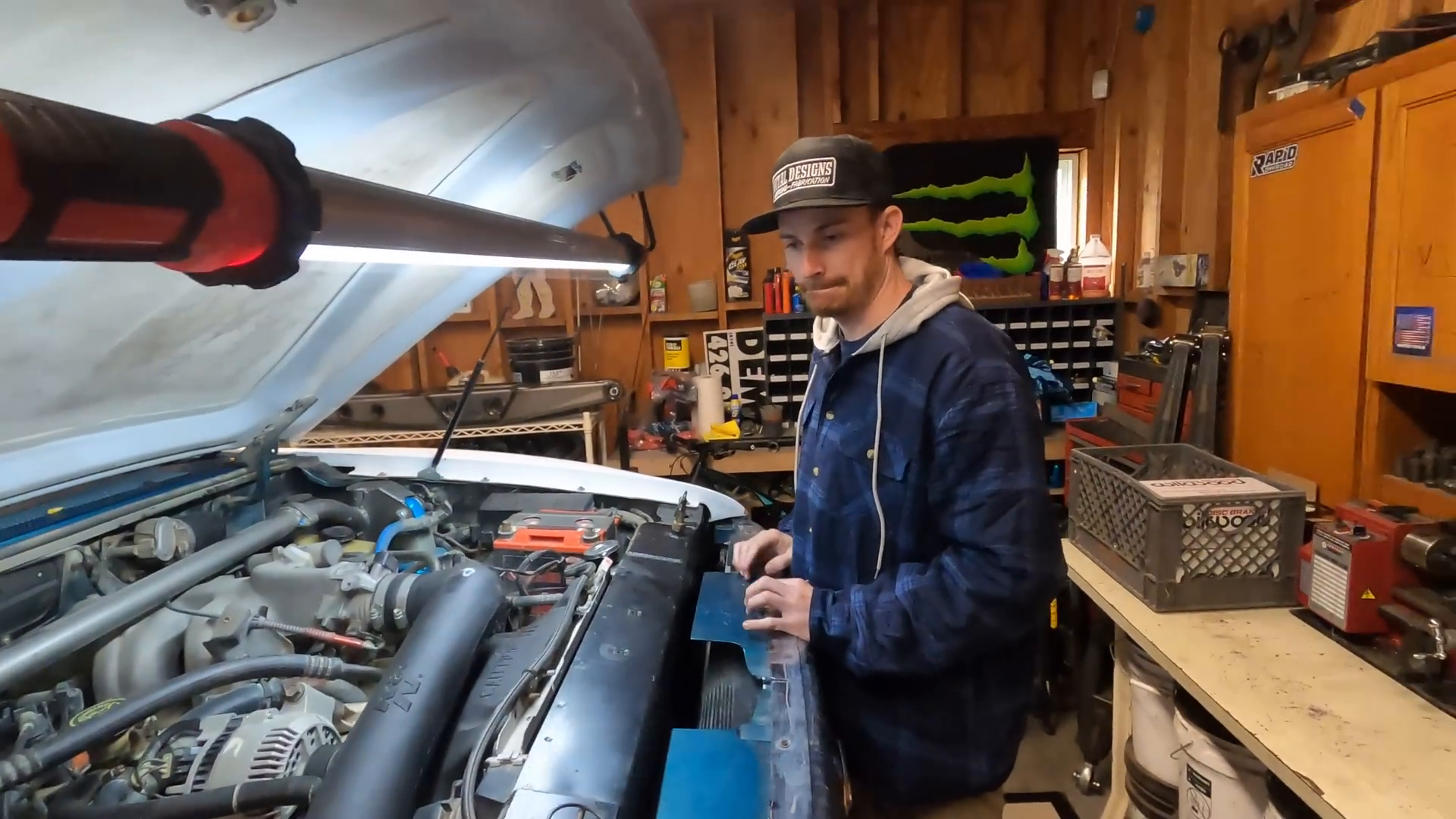
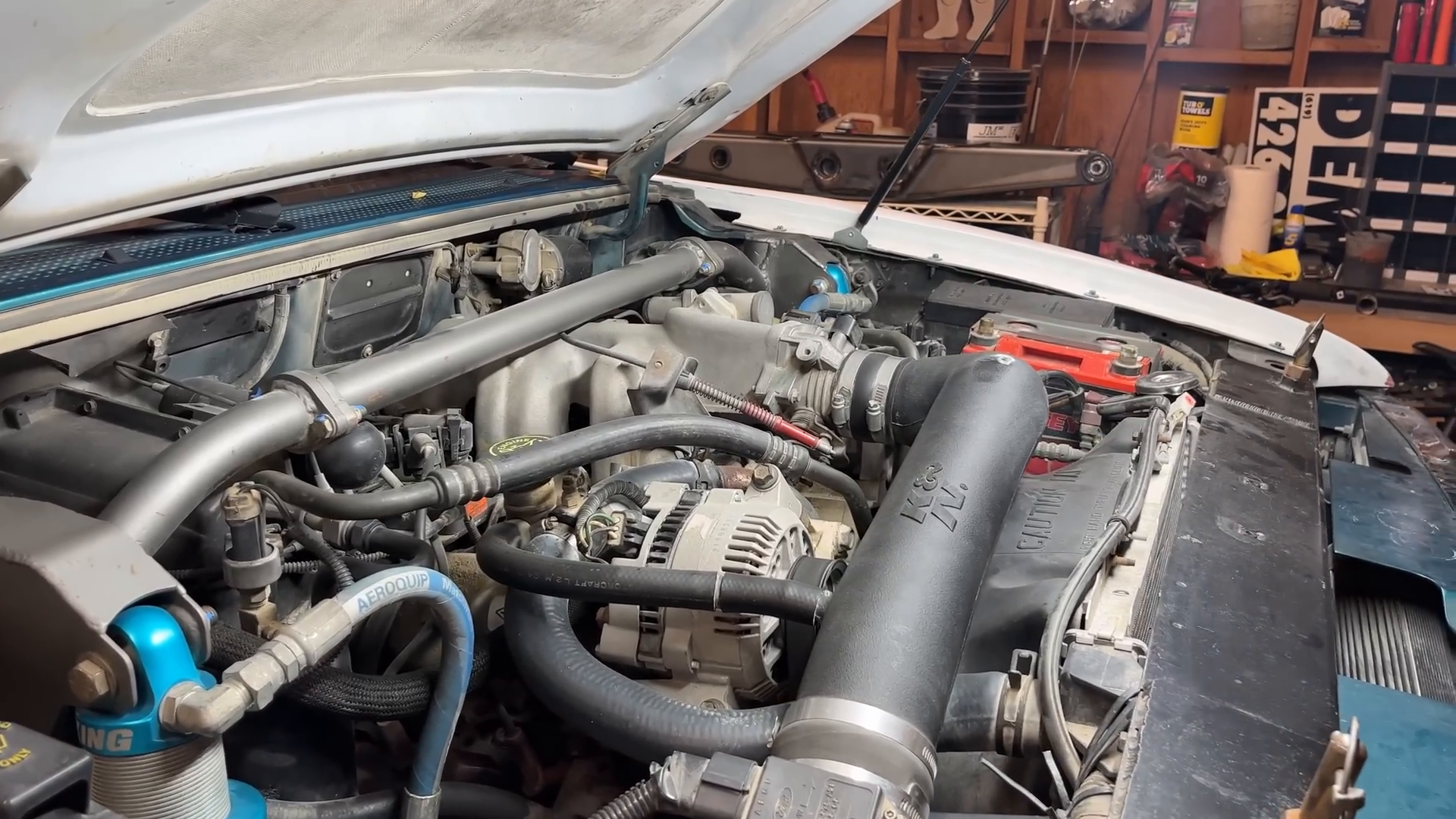
Drivetrain Considerations
The current drivetrain, featuring a five-speed transmission and a 4.0-liter engine, will remain for the time being. However, the build is designed with adaptability in mind, allowing for future upgrades. The chosen gear ratio, likely around 6.0, is optimized for off-road performance, providing ample torque in low gears while maintaining drivability on various terrains.
Wheel, Tire, and Brake System Enhancements
Wheel and Tire Selection
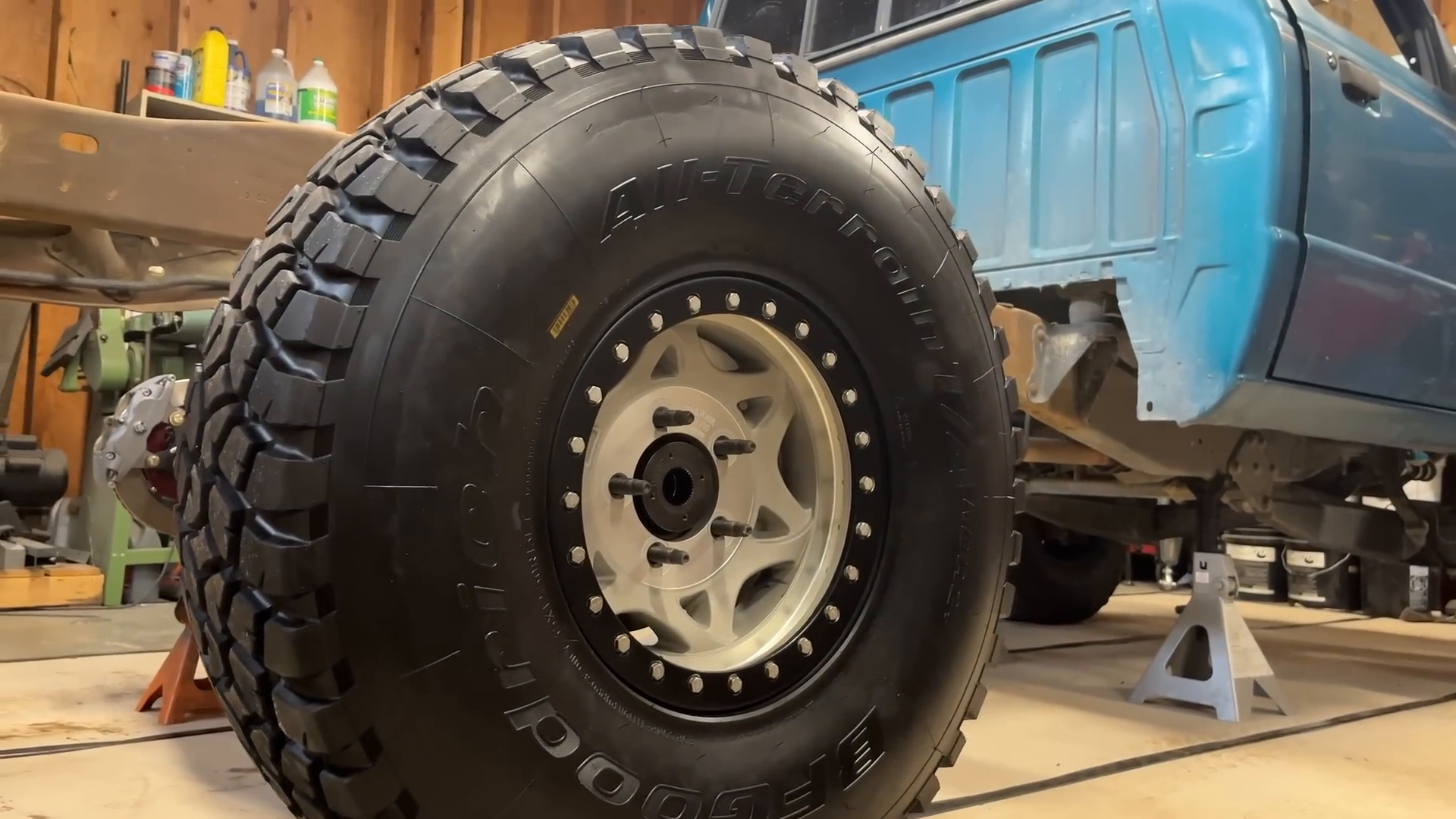
The Ranger will roll on 35-inch BFGoodrich tires mounted on 15-inch Walker Evans wheels. These tires are known for their off-road capabilities, offering excellent traction and durability. The choice of wheels and tires reflects the truck’s intended use, providing the necessary grip and ground clearance for challenging terrains.
Braking System Upgrade
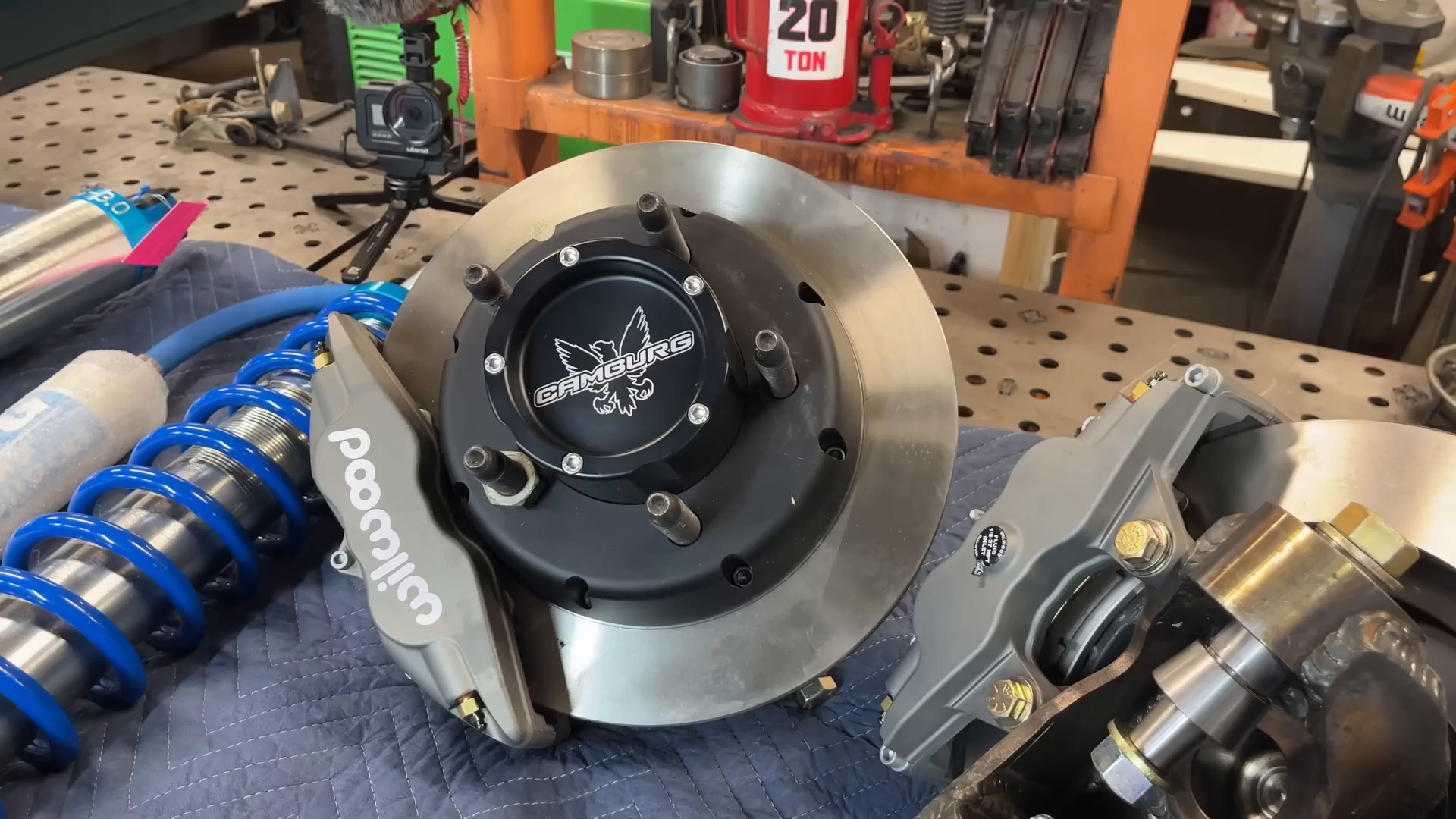
The braking system will see a significant upgrade with the installation of Wilwood four-piston calipers and larger rotors. This setup promises improved stopping power, an essential feature for a vehicle designed to tackle high-speed off-road driving. The new braking system will complement the enhanced suspension and drivetrain, ensuring the Ranger can be controlled with precision in demanding situations.
Conclusion: A Comprehensive Rebuild
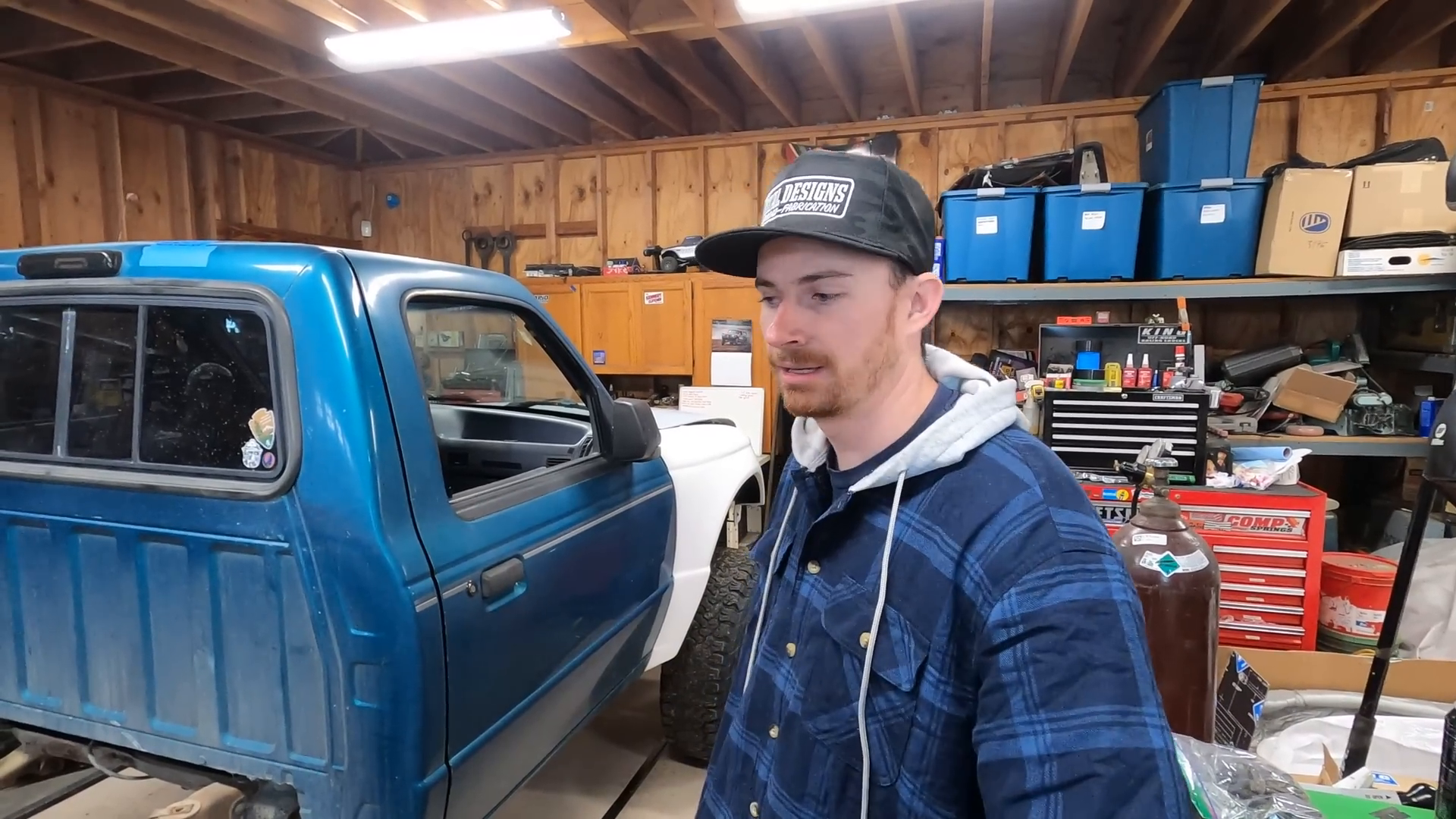
The transformation of Ryan’s Ranger is an all-encompassing project that touches nearly every aspect of the vehicle. From the shortened wheelbase and custom suspension to the bespoke interior and powerful brake setup, every modification is part of a cohesive plan to elevate the truck’s performance and style. As the build progresses, it will serve as a testament to the skill and creativity involved in custom automotive fabrication. The project not only highlights the potential of the Ford Ranger platform but also showcases the expertise of those involved in its metamorphosis.
Categorized in: DIY, Fabrication, Ford, Trucks
